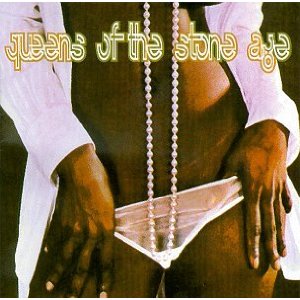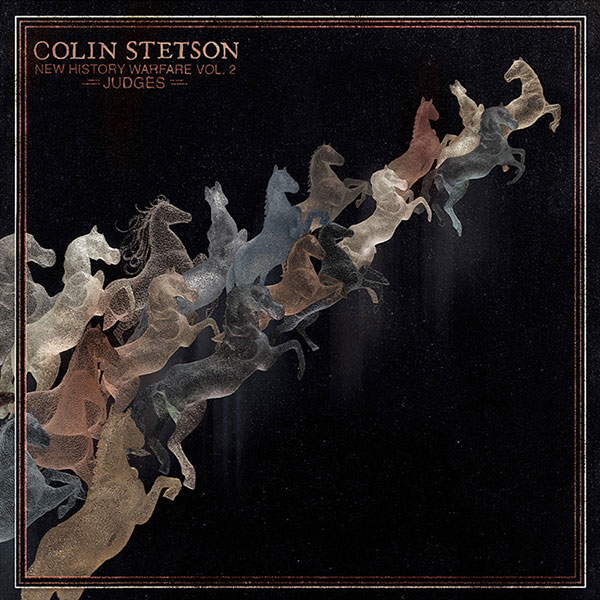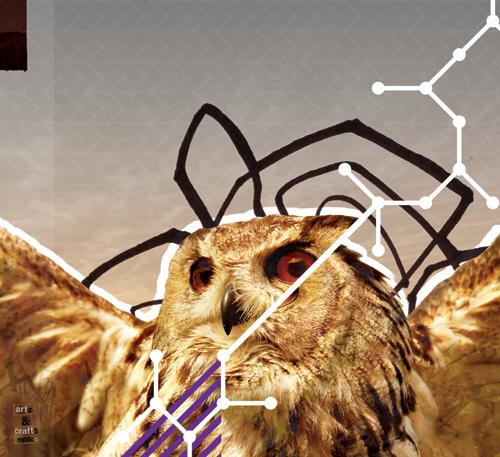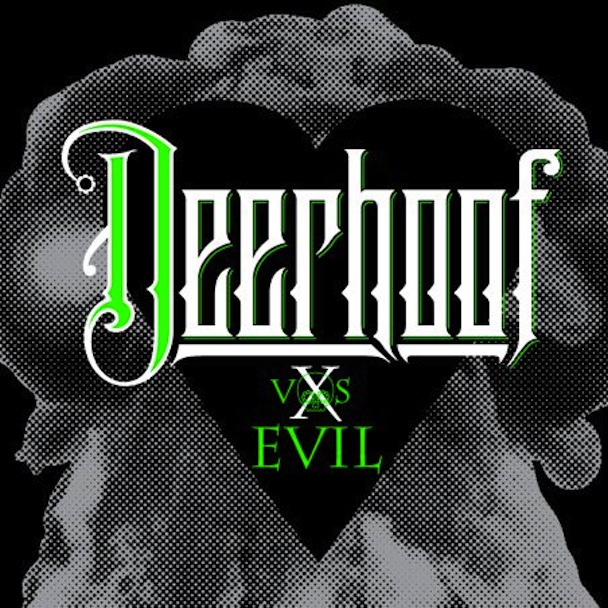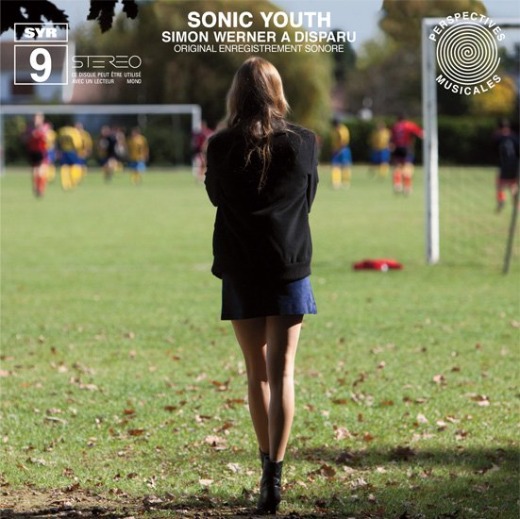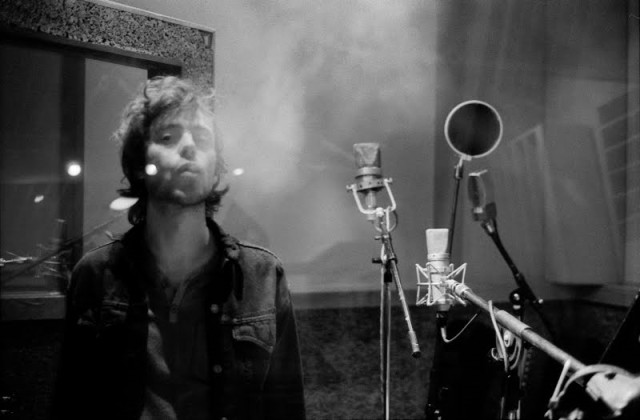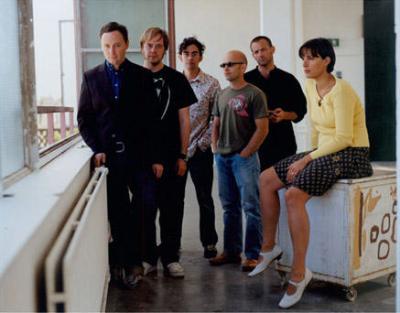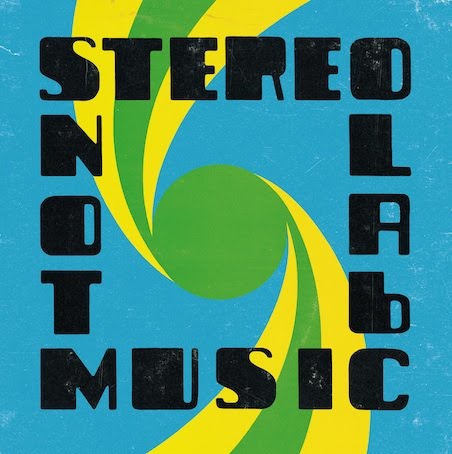This EP picks up exactly where “False Priest” left off. I mean that in the most literal way possible. This release can be viewed as an addendum to their last full length offering that was released not 7 months ago. “The Controllersphere” is 5 full tracks worth of Kevin Barnes trying out some of his more daring ideas, heading off in directions that aren’t explored in previous albums and possibly giving us a look at what is to come. This seems to be the way that of Montreal likes to do things now, releasing an album and not too long after its release more tracks that might appeal to their more ardent fans are presented. It was the case with “Hissing Fauna, Are You the Destroyer?” of 2006 where “Icons, Abstract Thee” followed. Also “Sunlandic Twins” featured a bonus EP as did “Skeletal Lamping”.
This release is the third that takes its name from one line of “Faberge Falls for Shuggie”, which appears on their breakthrough release “Hissing Fauna, Are You the Destroyer?” In a way one can draw a line through these three releases, “Skeletal Lamping”, “False Priest” and “The Controllersphere”. This trilogy can really represent a new direction for of Montreal that saw Kevin Barnes becoming significantly more influenced by psychedelic rock and funk and allowing those influences to really take shape in his songwriting.
The opening track, “Black Lion Massacre” takes the ideas of “False Priest”’s “You Do Mutilate?” and creates another freakishly frightening sonic landscape with the spoken word coming down to us through a backdrop of apocalyptically overdriven noise and feedback. A sort of live energy side of of Montreal that is rarely captured on disc is evident here, drenched in the noise of caterwauling guitars and drums that are wild and more present than usual. As is usual with of Montreal releases some of the tracks have rather eccentric titles, such as “Flunkt Sass vs. The Root Plume”. The track starts off innocently enough with a gently strummed acoustic guitar appearing for all of ten seconds before exploding into a tripped out, layered nightmare that is perfectly depicted by the cover art, which is done again by Kevin’s brother David. The song continues to build as Barnes screams out in his best Ziggy Stardust, sounding like he is re-entering the atmosphere after space travel without the aid or protection of a shuttle. The screaming, loud, live sound is present in this track as well, like the first.

Lyrically the themes that of Montreal has been exploring for some time now like loneliness, unrequited love, feelings of insanity and obsession, are explored throughout this EP. The line “Even this ghetto world that has nothing, doesn’t want me” appears in “Flunkt Sass vs. The Root Plume” explores themes previously broached, but the added volume and noise adds a new dimension and desperation to the sadness. The insanity is dialed up to a breaking point, it’s like Kevin Barnes’ primal scream captured on record.
“Holiday Call” is a soulful, spiritual track that is based on folk elements, though those elements are somewhat buried beneath quite a bit of the usual panoply of psychedelia. At over 8 minutes long it is the lengthiest track, allowing for a very interesting turn of events at about the halfway mark that conurs up the sounds of middle eastern folk music with a repeated fiddle gesture, placing the usually busy, up-front bass in a more secondary role. Barnes mentioned via his twitter stream (@xxofmontrealxx) upon release of this EP that it was heavily folk influenced, and that was the direction in which he was going to be heading. He is certainly a man of his word, as odd and unbelievable as that word may often be, he manages to make it happen.
The changes in mood on this EP are more sudden, like the entire “Skeletal Lamping” album, which comprised songs that were seemingly comprised of several short songs melded together. Unlike “Skeletal Lamping” the songs here are still cohesive, and more or less similar in sound to those that appear on “False Priest”. “L’Age D’Or” and “Slave Translator” are definitely spawns of the funk of that album. Each track is rather wordy. Barnes rushes to fit them all in, even more so than usual. He screams like his body is being torn apart from the inside out one minute and the next is harmonizing sweetly with himself. “The Controllersphere” ends where it began, in a wall of noise. This is a powerful 5 track EP that delivers exactly what was promised not too long after “False Priest was released. of Montreal is great at creating a world of their own both on record and live where their shows are theatrical spectacles concocted from the mind of Kevin and David Barnes. It seems fitting that Polyvinyl is releasing this EP concurrently with a book of David Barnes’ artwork entitled “What’s Weird?”, which I’m sure would be a perfect companion to this release.
[audio:http://quartertonality.com/wp-content/uploads/2011/03/02-of-Montreal-Flunkt-Sass-vs-the-Root-Plume.mp3|titles=Flunkt Sass vs the Root Plume]

